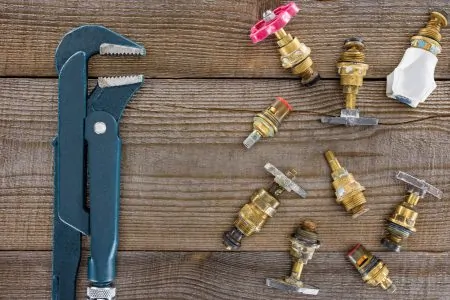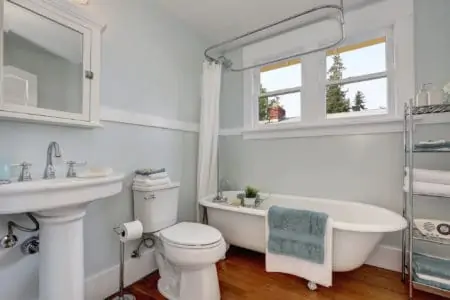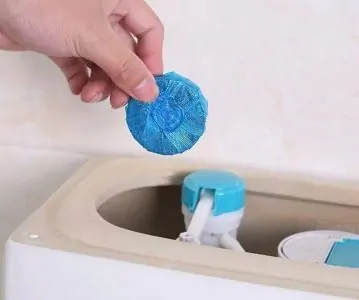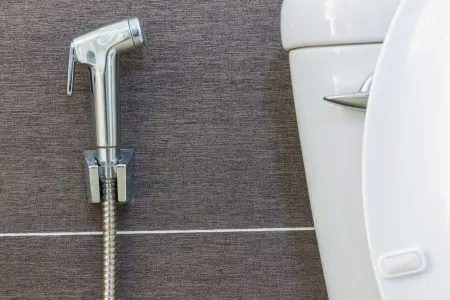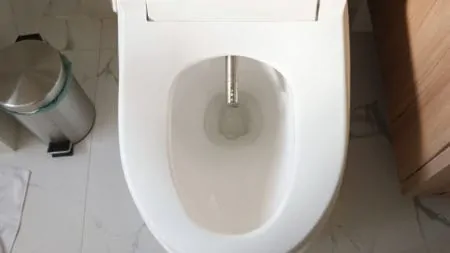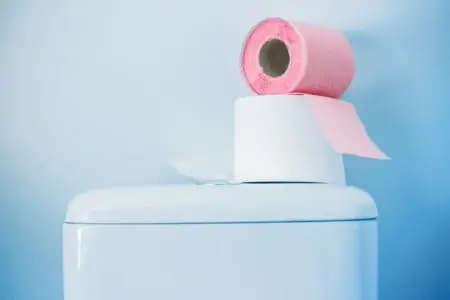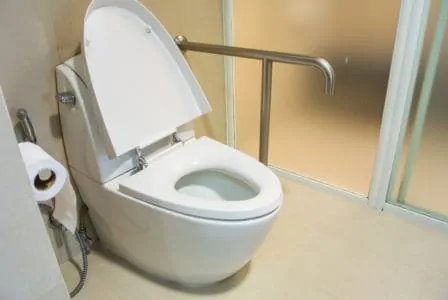Shut-off valves play an important role in various plumbing systems, including both liquid and gas pipes. They allow you to remove components and perform maintenance without needing to turn off your home’s main supply.
There are shut-off valves designed for different materials and fitting types. Although shut-off valves all serve a similar purpose, they can differ in some key ways, so it is important to familiarize yourself with them.
In this article, we will explore some of the most common shut-off valve types. This should help you determine which type is suitable for your task.
Key Takeaways
- Shut-off valves control water flow in plumbing systems and come in various types for different tasks.
- Common shut-off valve types include ball valves, compression stop valves, and angle stop valves.
- Valve selection depends on factors such as pipe type, materials, and desired flow control.
- Regular maintenance and choosing high-quality valves help prevent leaks and water damage in your home.
What Is a Shut-Off Valve?
In a plumbing system, a shut-off valve controls the flow of water (or other liquids) through the pipes. As the name implies, they can completely seal a pipe, meaning you can perform tasks such as replacing baths and sinks without needing to shut off your home’s entire water supply.
There are many different types of valves, with each being suitable for a different task. Some of these valve types will probably be familiar to you, but there are others that you might have never seen before.
Which shut-off valve type you need will usually be determined by your pipes and overall plumbing system. For example, copper valves are generally used on copper pipes, just as plastic valves go with plastic pipes. There are exceptions to this, but you might need an adapter if your valve isn’t a natural fit for your plumbing.
Shut Off Valve Types
Ball Valve
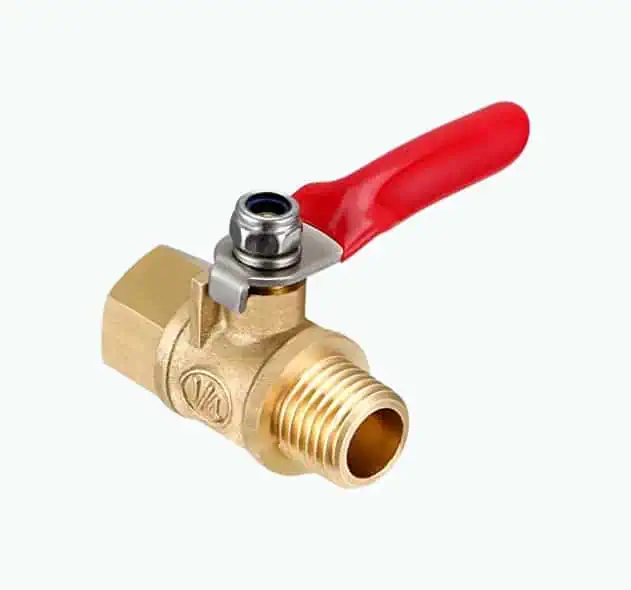
A ball valve is quite large and has a lever handle. It is commonly used in places where water needs to be allowed through quickly, such as the main pipe in your home. It can be opened and closed fully with a simple quarter-turn of the lever.
This type of valve is easily recognizable due to the bulbous section that holds its ball, hence the name. When the valve is opened, the internal ball aligns with the pipe, allowing water to flow through. When it is closed, the ball rotates 90 degrees and completely blocks the hole, preventing water from passing.
Pros
- Quick to turn on and off
- Large lever handle
- Ball design that seals the pipe
Cons
- Too large to be used everywhere
Compression Stop Valve
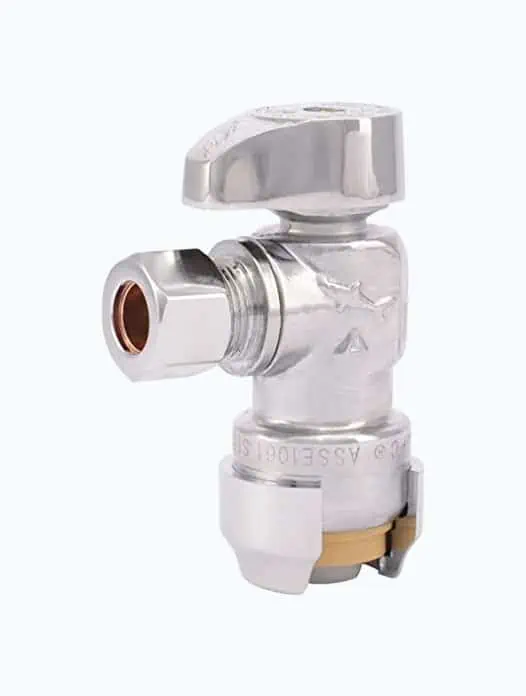
Compression stop valves are commonly found in copper water pipes but are much trickier to install on other types. They are very strong valves that can be closed quickly when needed.
These valves function by pushing a brass ring between the pipe and valve using a compression nut.
Pros
- Easy to install on copper pipes
- Turns off quickly
Cons
- Could require complex tools such as a compression sleeve puller
Three-Way Stop Valve
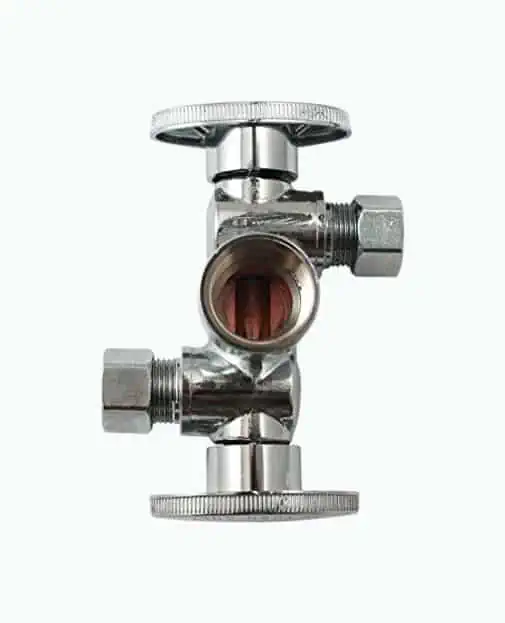
This type of valve is more complex as it is designed for more than one pipe to be connected. It is commonly used under kitchen sinks, but less often with bathroom sinks or toilets as these plumbing systems generally use single pipes.
A three-way valve can shut off the fluid in one pipe while still allowing full pressure on the other. You will often see them in your kitchen or bathroom, but they are also commonly used in oil or steam systems.
Pros
- Suitable for hot and cold water supplies
- Used with different fluid types
Cons
- More complex installation
Angle Stop Valve
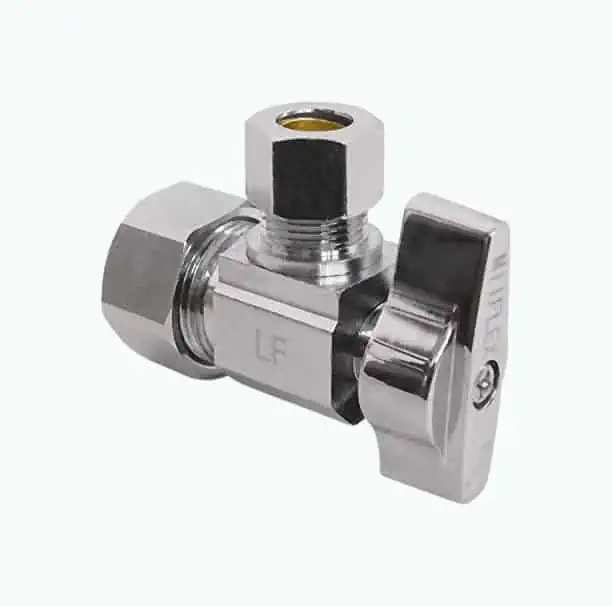
Angle stop valves are usually found where pipes exit the wall and connect to plumbing outlets. They enable you to stop the flow of water to a specific toilet or faucet, allowing you to remove it without shutting off the water supply to the entire building.
This type of shut-off valve is very durable and can last many years without any issues. Stop valves are generally found with either brass or chrome-plated finishes.
Pros
- Long-lasting
- Allows you to stop the water supply to specific areas
Cons
- Can be tricky to install
Straight Stop Valve
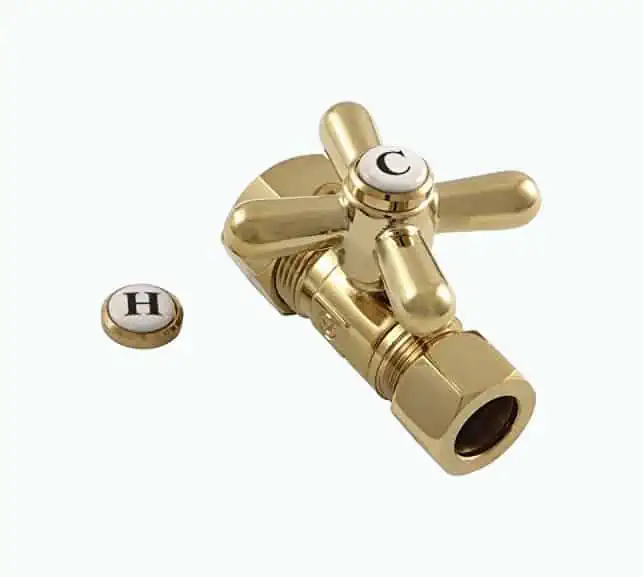
Straight stop valves are usually used in water pipes that rise from the floor, rather than coming from the wall like angle stop valves. They are designed to prevent water from traveling back in the direction it came from.
Much like angle stop valves, this type allows you to shut off the water supply to a specific area or outlet. This means you can perform maintenance or replace plumbing fixtures without shutting off the water supply to your entire home.
Pros
- Easy to open and close
- Allows you to shut off the water to specific areas
Cons
- Only suitable for vertical pipes
Sweat Stop Valve
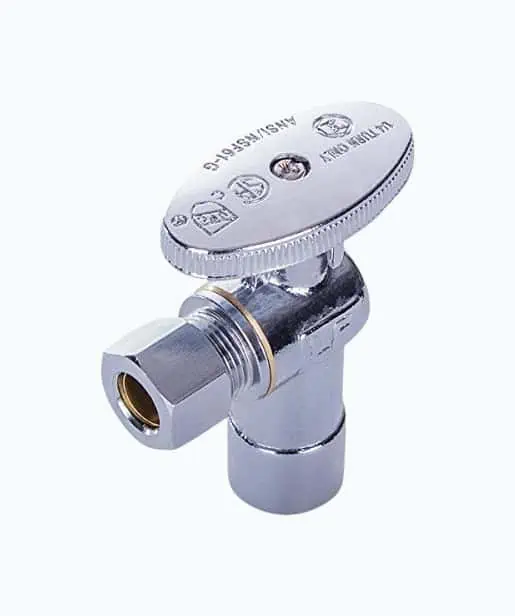
Professional plumbers generally use sweat-stop valves on construction projects. The valve is usually fitted to copper water pipes, which makes them very difficult to remove. However, as they are brazed into the pipes, they are also very durable and will last a long time if fitted properly.
Sweat stop valves are usually made of brass or copper. This makes them a permanent stop-valve solution and they will be leak-free throughout their lifetime.
Pros
- Affordable
- Durable
- Long-lasting
Cons
- Difficult to remove or replace
Push-Fit Stop Valve

Also called push-on stop valves, push-fit stop valves are installed by sliding them over copper, CPVC, or PEX pipes. Push-fit stop valves are very simple to install and only require basic tools. This means anyone with basic plumbing knowledge should be able to install them.
They consist of a rubber O-ring and stainless steel locking teeth. The locking teeth are designed to keep the valve from sliding off the pipe. The O-ring works like a gasket and ensures the intake port is watertight and sealed.
Pros
- Easy to install
- Durable
Cons
- Will eventually wear out
Iron Pipe Stop Valve
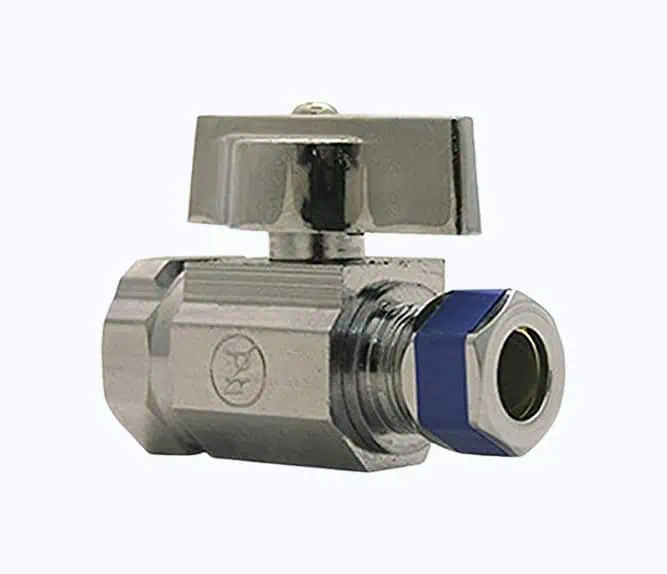
Iron pipe stop valves are used on water pipes with male threads. They are usually installed onto iron pipes, hence the name. All you need to do is screw it onto the pipe to install it. However, if you have copper or PVC pipes, the installation will be trickier as you will need a male adapter.
It is a very durable shut-off valve and can be used on a range of pipes as long as you have an adapter. Male adapters use the US standard tapered thread, NPT.
Pros
- Very durable
- Easy to install on iron pipes
- Will fit other pipes with adapters
Cons
- Can be difficult to install on non-iron pipes
PEX Stop Valves
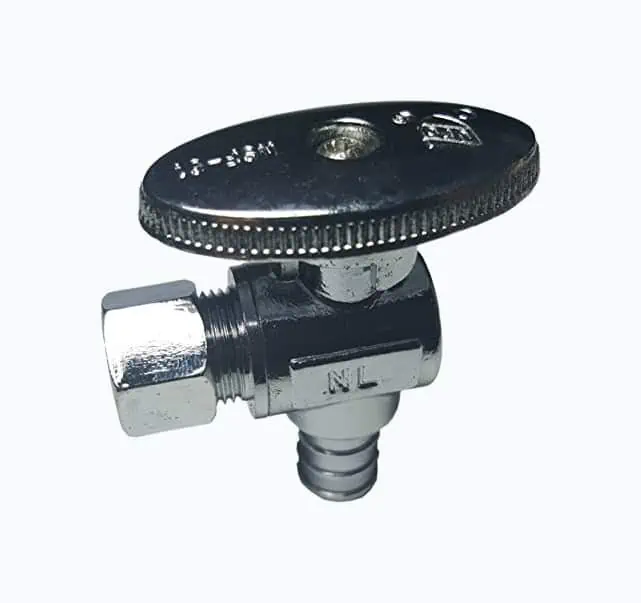
PEX is a cross-linked polyethylene material similar to plastic. This type of valve is generally less expensive than brass or copper. It is usually used in pipes with clamp rings or crimp rings.
It works by pressing a ring compression tool against the crimp ring on the outside of the pipe. A clamp ring tool then presses a tab on one side of the ring.
The installation method makes PEX valves challenging to remove, similar to copper sweat valves. This is because you have to cut the ring off, which usually damages the pipe. The pipe will usually need to be replaced alongside the valve.
Pros
- Affordable
- Durable
Cons
- Difficult to remove
CPVC Stop Valve

CPVC stop valves are usually used in CPVC piping systems — CPVC stands for chlorinated polyvinyl chloride. They use a specific type of cement referred to as simple “glue” during installation.
This type of shut-off valve can also be used on PVC pipes — however, PVC adhesive doesn’t bond well with CPVC material. The different adhesives are the reason that they are usually installed by professionals. However, once you learn how the different “glues” work, you can easily install a CPVC valve yourself.
Pros
- Durable
Cons
- The sealant can wear out and allow leaks
